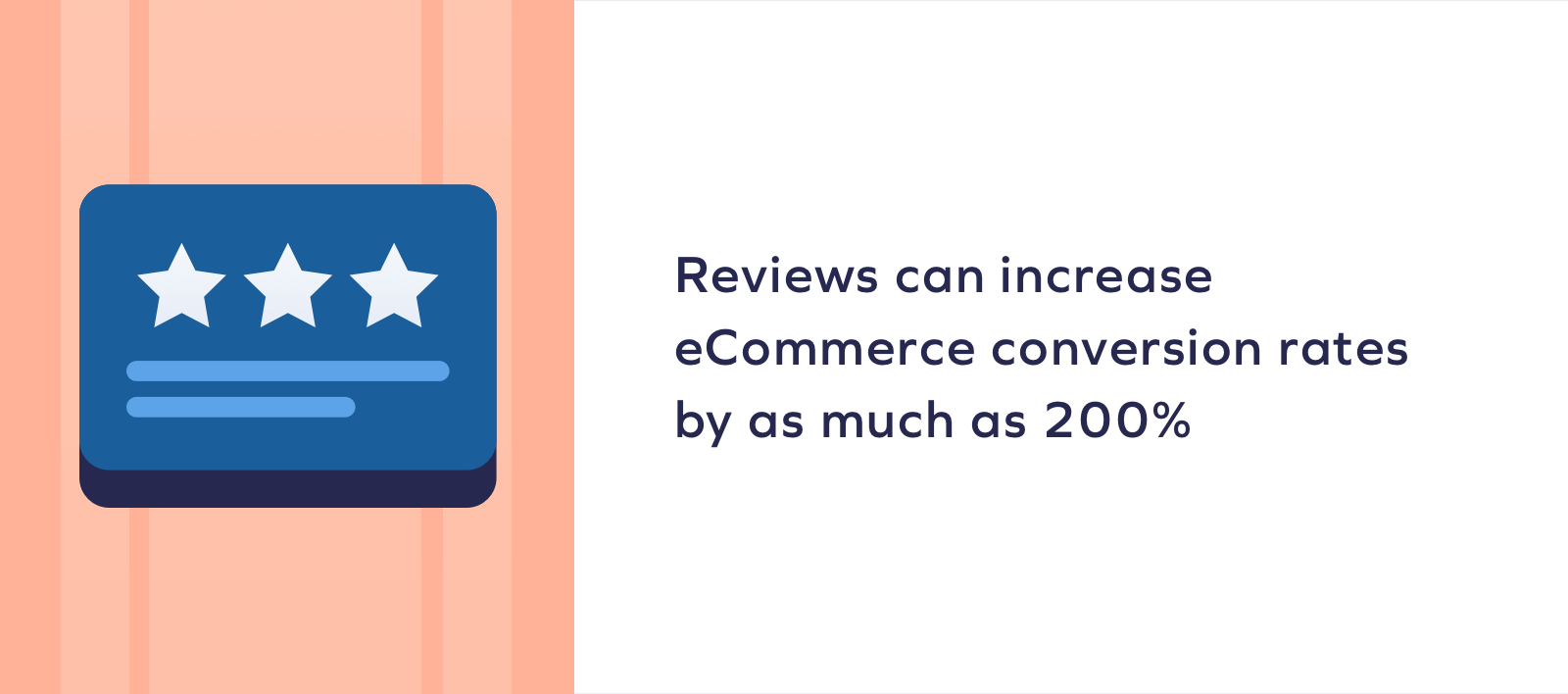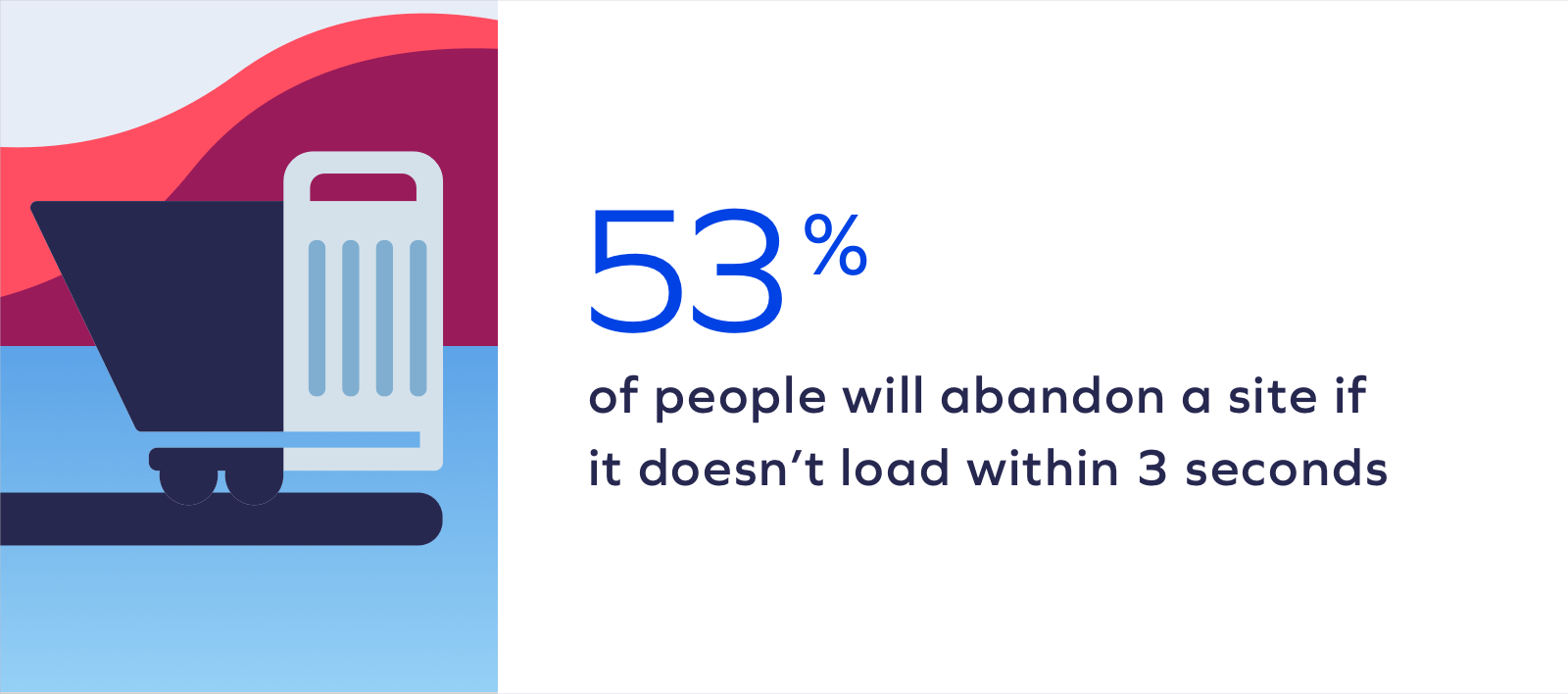Optimizing Product Pages for Conversion Rate & SEO
“If you build it, they will come” doesn’t work when it comes to SEO. Optimizing your store for search from many different angles is the best way to grow your traffic and revenue.
 Product Page Guide
Product Page Guide
“If you build it, they will come” doesn’t work when it comes to SEO. Optimizing your store for search from many different angles is the best way to grow your traffic and revenue.
Your product pages have a lot of work to do. They have to show your product in the best light, educate consumers about what it can do for them, and most importantly, convince them to buy.
Optimizing product pages is a 2-step process. First, you have to build high-converting pages. Then, you have to get consumers to visit them. In this chapter, we’ll share best practices for boosting conversions on product pages, improving SEO, and show you how our clients used these strategies to grow their revenue.
What turns a product page visitor into a customer? It’s much more complicated than simply having a great product. Lots of companies with great products fail.
The customer journey is just as important, if not more so, than the quality of your product. Here are some ways to ensure that the customer experience is a smooth one from end to end, and that you’re fully optimized for conversion.
Consumers are increasingly turning to mobile for all things internet, including shopping. That means you need to design for mobile. Check out the previous chapter for more tips on how to create the best mobile product pages.
Without being able to touch or experience your products in real life, you need to show them at their best. High-resolution photos and quality video are what will ultimately sell customers on your products.
Reviews help brands build trust, and adding visual UGC capabilities to your customer reviews, like photos and video, will help potential customers see how your products are being used and loved by real people. According to Yotpo data, reviews and user-generated content can increase conversion rates by as much as 200%.

When writing product descriptions, focus on the value your product provides. How will it make your customer’s life better? Avoid flowery language and keyword stuffing, and focus instead on the messages that customers will need to convert.
Be clear about your shipping and return policies as well as any additional fees customers can expect. Answer questions that customers often ask, such as “Where is this product made?” and “When will my order arrive?”
Having a sale? Make it clear how long the sale will last. Only three items left before the product is out of stock? Let the customer know. Customers are more likely to buy when they know they’re about to miss out on something.

Medical equipment seller Carex came to Coalition because they wanted an updated website to boost conversions. We worked with them to create a website that was mobile- and user-friendly, that consumers were able to navigate easily, and that key products were highlighted on. We also included videos and specification PDFs in product pages. The result? A top-of-the-line website with higher conversions and sales.
Once a visitor lands on a product page, the work of converting them to a customer begins. Having an attractive, user-friendly, and compelling showcase for your products will help you to guide them to the final stage in the customer journey.
You have great products and a great online store. So, where are the customers? Aside from spending money on marketing and advertising, a great way to attract new customers is to boost your site’s SEO.
The first rule of good eCommerce SEO is delivering a good value proposition. Once you have that out of the way, try these seven tips for optimizing your product pages for search.
Keyword research is by no means a one-and-done proposition. Consumer wants and desires, search algorithms, trends, and competitors change over time, making keyword research an ongoing need if you want to truly understand your audience at a given time.
Good keyword research starts with analyzing the current keywords you rank for, as well as the competitive landscape of the ones you want to rank for. You should also see what keywords your direct competitors rank for and identify areas of opportunity.
There are several online tools that can help you with this process, or you can work with an agency like Coalition Technologies, with deep knowledge and experience in SEO.
The SEO basics for product pages are the same as they are for any web pages:
Your site architecture doesn’t just matter for navigation. It helps search engines to better understand how your site is structured, which can boost your rankings. Make sure that your products are organized into categories and sub-categories, and that your URLs also follow that structure.
For example, an SEO-friendly URL looks like this:

That way, when someone Googles “women’s athletic shoes,” your brand has a better chance of showing up. Having an easy to understand and easy to navigate site also means a better user experience, which can also positively impact your search ranking.
One final tip on site architecture: to ensure a product page gets more value passed to it from search engines, link to it from pages that appear higher in your site navigation.
Your happy customers are your best marketing tool, and they can also boost your SEO. Search engines crawl for content that’s fresh and new, and including ratings and reviews on your product pages can up their newness factor. It can also improve your website’s authority, which is another SEO booster. Working with a Google Trusted Reviews Partner allows your reviews to make the greatest impact with your SEO.
Customer-generated Q&A is another valuable form of social proof and unique SEO content that can help product pages rank well for long-tail keywords quickly.
If you have similar products, it can be tempting to just copy and paste. Here’s the thing about Google, though: the engine hates duplicate content. Google hates duplicate content so much, it often decides to exclude URLs from its index if it feels they offer too little unique value. Writing unique descriptions for each product is crucial for search engines. Plus, it allows you to use more keywords in your copy.
Mobile accounts for more than half of all web traffic, and that number is expected to continue trending upward. If your site isn’t mobile-friendly, it’s a usability issue, which will negatively impact your SEO. You can use Google’s Mobile-Friendly Test to see how your website stacks up, and where it needs improvement.
According to Google data, 53% of people will abandon a site if it doesn’t load within three seconds. That’s not a lot of time! And since your bounce rate is a huge ranking factor, having a slow-loading site is bad for SEO. Plug your URL into Google’s Page Speed Insights and see if your site is fast enough. In 2021, this is especially important as Google has told site owners and webmasters it will use speed metrics called “Core Web Vitals” as a ranking factor.

Boutique fashion eCommerce brand Pink Lily came to Coalition because their large social media following wasn’t translating to revenue. We began by addressing major SEO issues, including page load speed, mobile optimization, and clearing up negative SEO indicators. In less than one year, they were able to grow their monthly search revenue from $269k to $386k per month, and in the first year of working with us, Pink Lily generated a revenue of $2.5 million.
“If you build it, they will come” doesn’t work when it comes to SEO. You have to work hard to get customers to your website, and optimizing your store for search from many different angles is the best way to grow your traffic and revenue.
“Yotpo is a fundamental part of our recommended tech stack.”
 Laura Doonin, Commercial Director
Laura Doonin, Commercial Director








